In the field of blood chemistry analysis, there are two types of ranges: pathological ranges and functional ranges. The pathological range is used to diagnose disease, while the functional range is used to predict disease risk before it occurs. The “pathological range” refers to the references provided with laboratory test results, since if the test results are out of range, it usually implies the possibility of pathology or disease.
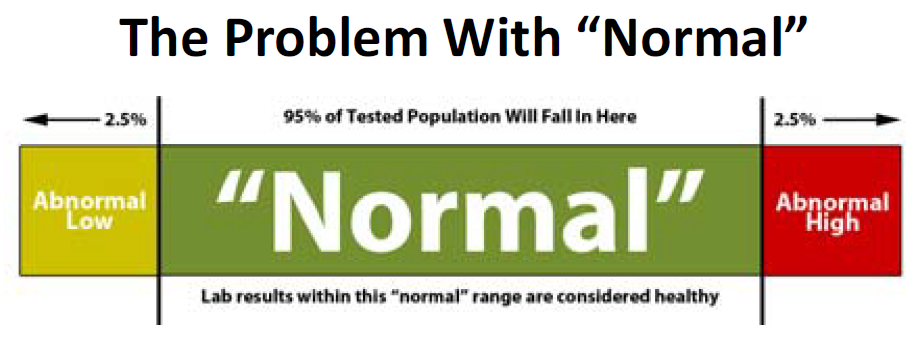
The fundamental distinction between the functional and pathological ranges is the amount of deviation permitted within their respective normal limits. The functional range for TSH, for example, may be 0.5 to 2.5 ml U/L, but the pathological range could be 0.5 – 5 ml U/L. Hypothyroid may be indicated by levels that are close to the pathological range. Future risk of Hypothyroid may be indicated by levels above the functional range but before they reach the extremes of the pathological range.
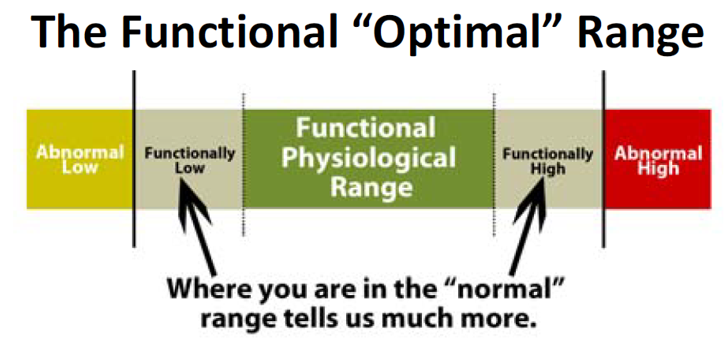
I shudder when a patient tells me that their doctor has already tested labs and that they are “normal.” From a functional standpoint, the laboratories are rarely typical. The abnormal lab values on the lab results are based on a “bell curve analysis” of all the persons who have visited the lab during a period of “x” time. When you visit the same lab in two separate cities, the reference ranges are truly different. It’s critical to have a doctor who considers functional ranges so that you’re not labelled “normal” or “healthy” because your lab results are in the same ballpark as the majority of the sick patients who have visited that lab. The sicker the population gets wider, and less useful the reference range becomes.
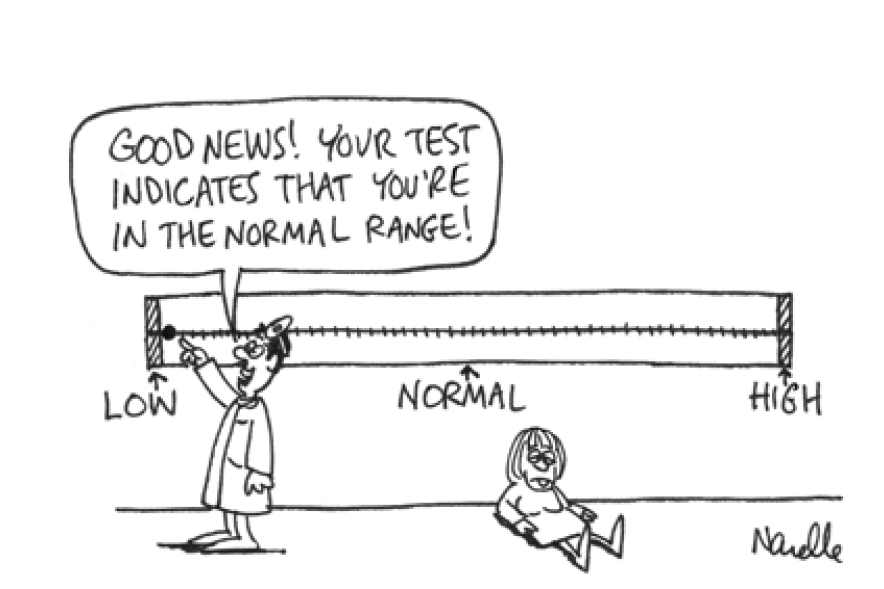
The majority of health-care providers believe that treatment should be given only when a disease is apparent. This viewpoint is mostly shaped by traditional medical education, which ignores preventative care and dietary approaches. Blood chemistry is evaluated in contrast to ranges that determine pathology in traditional medical training. The patient is termed “healthy” if there is no pathology present.
Why Don’t Most Health Care Providers Embrace The Functional Range?
The major difference between healthcare practitioners who embrace functional ranges and those who reject them boils down to how they define health. Some healthcare practitioners interpret “health” as the absence of sickness, therefore you must be “healthy” if you are not sick. Other healthcare practitioners describe “health” as having enough energy, a good digestive system, and optimal physiological function, among other things. “A state of ideal physical, mental, and social well-being, and not only the absence of disease and infirmity,” according to Dorland’s Medical Dictionary.
When evaluating our patients, we evaluate the functional range. Because we are ready to take a step back and look at the WHOLE person, not just a diagnostic label, we are able to achieve extraordinary results in even the most challenging circumstances. When we notice moves outside of the functional range, we’ll investigate it further with a thorough history and physical examination. It’s sloppy and a terrible disservice to the patient to look at a lab report and conclude everything is “normal” since all the values are inside the “pathological reference range.”
When we see patients, we adopt a comprehensive functional approach. Because we don’t look at the cause of tough neurological and endocrine illnesses in isolation.
You’re wasting your patient’s time and money if you’re not doing blood chemistry tests or interpreting them from a functional medicine perspective.
If you know how to interpret blood chemistry correctly, it is the most accurate, cost-effective, comprehensive, and scientifically confirmed laboratory test available.
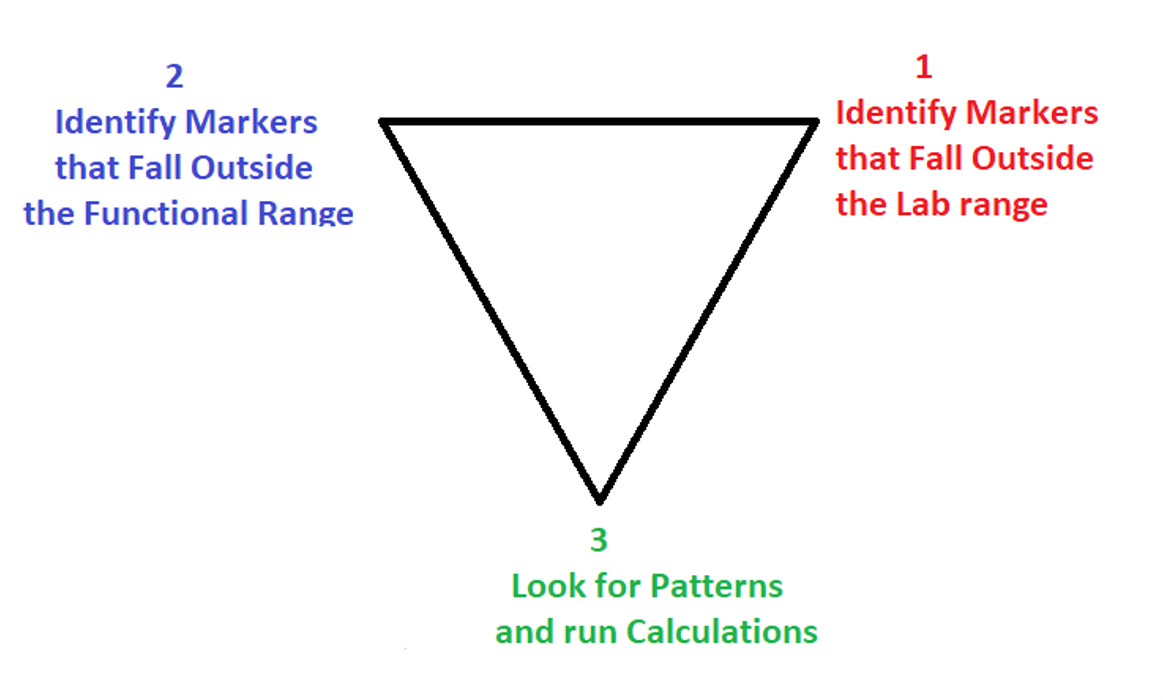
This Functinal Blood Report Analysis Course Will Equip You with the Knowledge and Skills You’ll Need to Succeed.
❌No more pondering which test to run with your patients.
❌No more awkwardly recommending another test since you don’t know what else to say when someone’s lab test “looks normal.”
❌There’ll be no more racking your head to figure out what a marker is or why it’s high or low.
Instead, you will..
✅Have the assurance that you’ll know which way to lead them when they enter through your door for the first time.
✅Have evidence-based reference ranges for assessing health, not only sickness, and detecting issues before they occur.
✅Physiologically understand the markers identified in a lab so well that you don’t need to rely on an out-of-date book or a dubious software tool to assume what’s going on.
Knowing this will allow you to:
You’ll be at the forefront of preventative diagnosis. Assist you in getting more out of the tests you’re already running. Practicing blood chemical analysis is a good idea. Show you how to use these tests as a prognostic indicator for malfunction. Reduce the amount of time you spend studying blood samples for your patients.
Make blood chemistry testing a must-have screening tool for you and increase the profitablity of your practice.
If you want to know more about our upcoming course on Complete Blood Count ( CBC )please go through this video.

Dr. Ajay Singh
Specialist in Sujok Therapy & Functional Medicine
B.P.T.,P.G.D.H.H.,F.L.S.M, C.A.Y.N
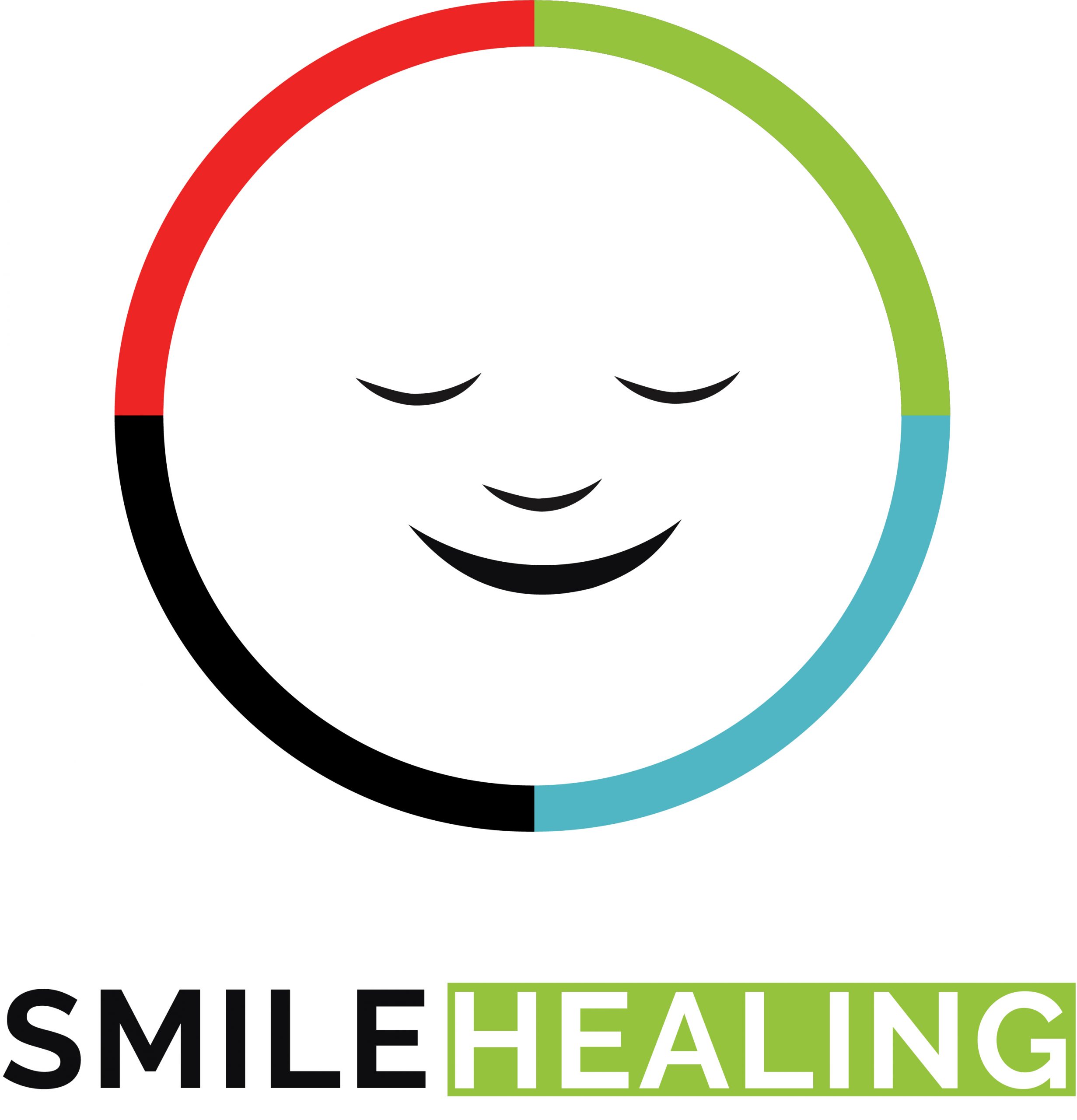
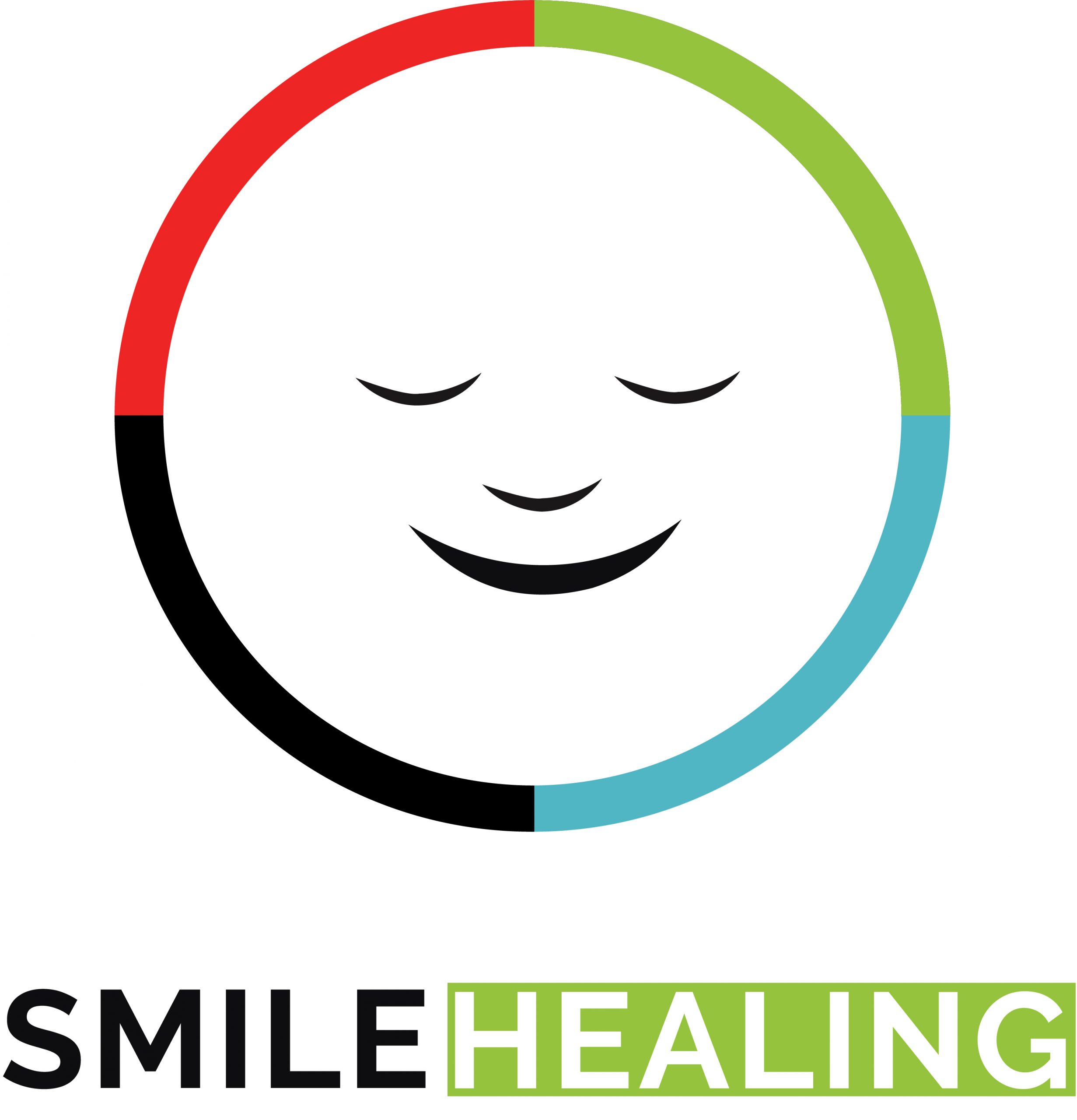
0 Comments